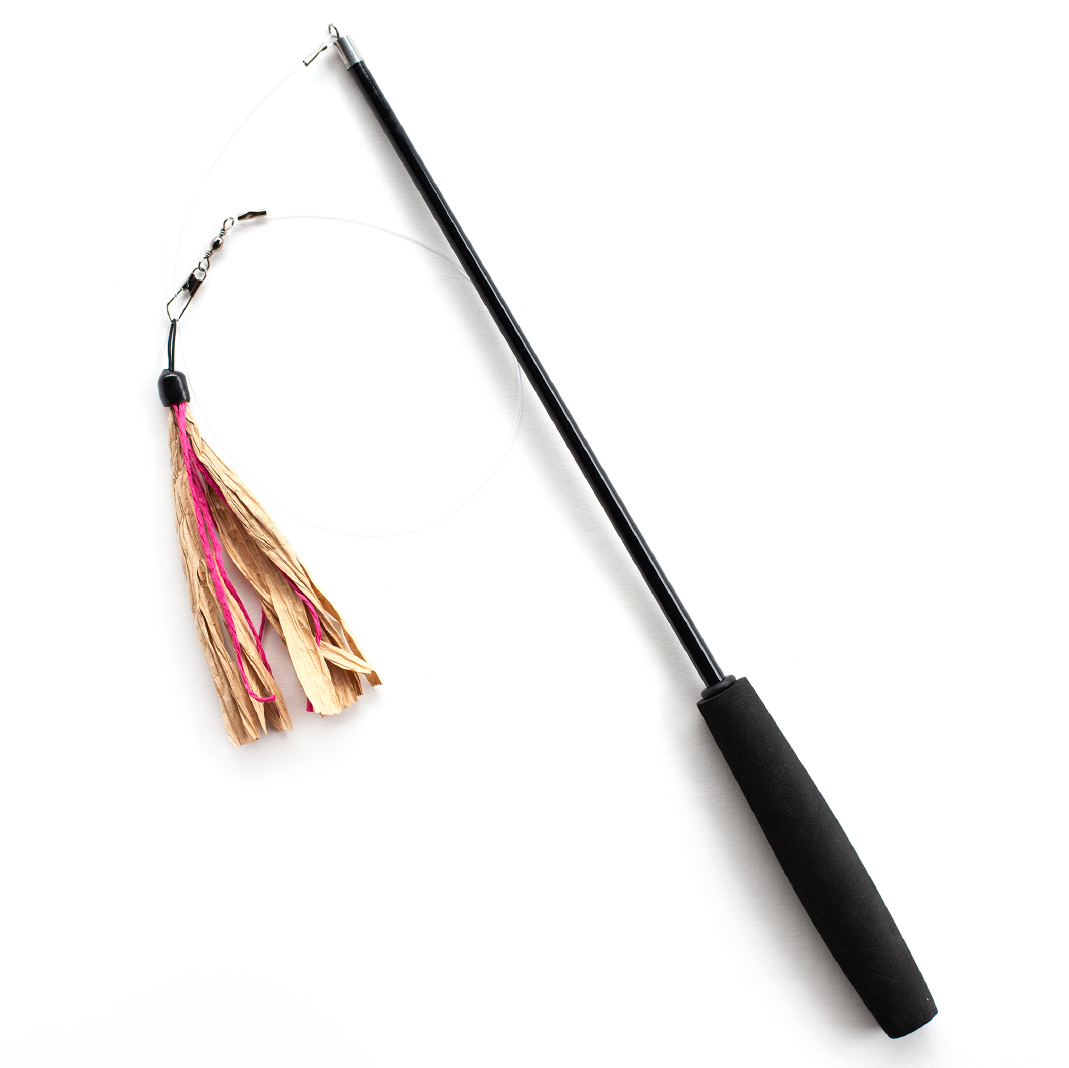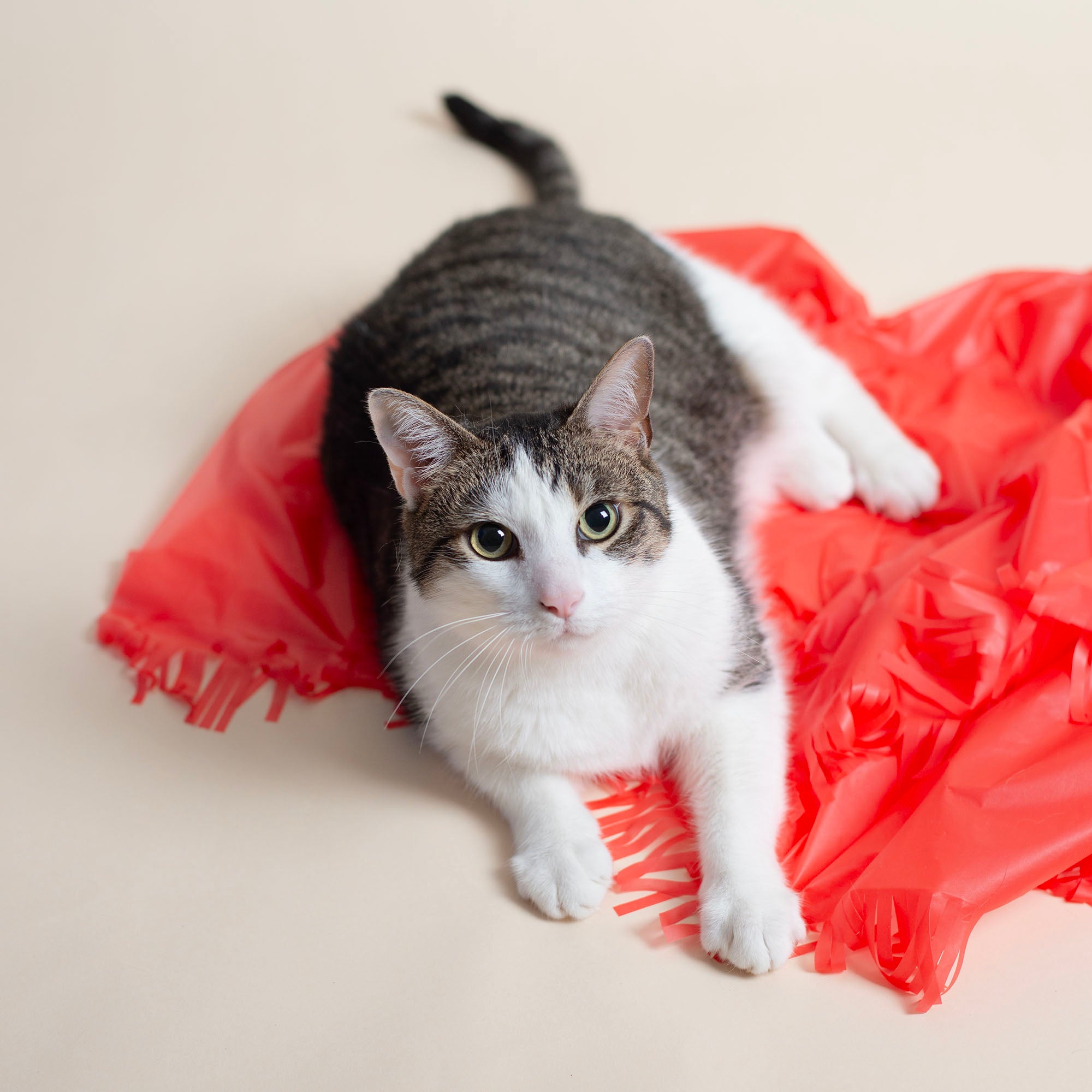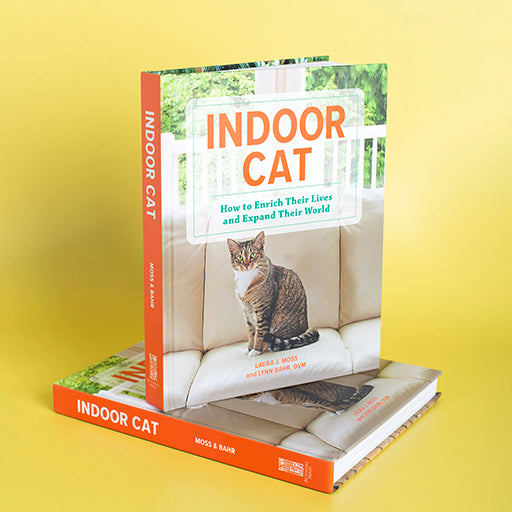Clipped Ears are Badges of Honor

It’s kitten season, the time of year where cat populations explode as litters are born to the millions of homeless cats in the United States. So I thought I’d talk about an important resource in controlling cat populations: TNR, or Trap, Neuter, Return.
At Dezi & Roo, the health and well-being of our feline friends is our greatest concern, which is why we focus on enriching the lives of pet cats. But homeless cats need love too. And that means helping them live long, happy, safe lives. What’s great about programs like TNR is that they focus on the problem of overpopulation without requiring euthanization of healthy homeless cats.

With TNR, cats are safely trapped, taken to a local vet or shelter for spay or neuter, given vaccines, and then returned to the outdoors. Additionally, the cat’s ears are tipped so that they can be easily identified as a TNR kitty. If you’ve ever seen a cat with a cropped ear in the wild, she’s likely the product of a TNR program, and the great news is she’s not contributing to feline overpopulation.
But what can you do to help if you see feral or homeless cats in your neighborhood?
Find an existing TNR program. The good news is, many communities have already active TNR programs already in place. Contacting them will provide you with valuable information, tools, and resources to help you with what you will need to have in place before you begin rounding up kitties in your neighborhood. Spay and neuter services through these programs are often offered at a reduced rate and sometimes cover entire litters of kittens. A simple online search or a call to your local Humane Society can guide you in the right direction.
Start a TNR program. If your city or town doesn’t offer this service already, some vets or pet supply stores may offer a low-cost spay/neuter for feral cats.Tell them you’d like to start a TNR program and ask what resources they would be willing to provide. Neighborhoodcats.org has an extensive handbook with valuable information that will help you get started.
With a program in place, TNR is simply a matter of patience and a bit of extra cash. Here’s how to safely conduct TNR in your community:
Get a humane trap. Make sure you get a trap that can safely capture a cat, without harming him. These are relatively easy to find online and many animal control offices will loan or rent these to you if you don’t want to purchase one. You can also buy humane traps at some hardware stores and online from websites such as Live Traps, Havahart, and Trucatch.
 Attract the cat. An inexpensive can of smelly wet food will usually work to lure a cat into your trap, but if you’re worried about capturing other wildlife instead, you can try a cat-specific attractant like our Cloud Nine Silver Vine. Just be sure to check the trap frequently so you don’t leave kitty stuck without access to food or water for too long. Here are some do's and don'ts when trapping feral cats.
Attract the cat. An inexpensive can of smelly wet food will usually work to lure a cat into your trap, but if you’re worried about capturing other wildlife instead, you can try a cat-specific attractant like our Cloud Nine Silver Vine. Just be sure to check the trap frequently so you don’t leave kitty stuck without access to food or water for too long. Here are some do's and don'ts when trapping feral cats.
Save some money. Yes, spaying and neutering cats cost money, and not everyone can afford even the low-cost options. But if you TNR just one cat, you could prevent severe overpopulation of your own community. A non-spayed female cat can produce up to 100 kittens in her lifetime. A single pair of cats with just one litter of kittens can produce nearly half a million cats in about seven years. So every TNR effort makes a huge difference. Ask some fellow cat lovers to chip in or consider a fundraiser to do TNR each spring. Check out this national database of resources for finding low-cost spay and neuter organizations.

But even if you can’t commit to the cost or time involved in TNR, there’s still a lot you can do to help. Educate others; for example, you can simply share this post with your Facebook friends. Or ask your local rescue to begin a program if there isn’t one already. You could even direct your veterinarian or city shelter to resources such as Alley Cat Allies, a nonprofit that offers veterinary outreach across the U.S.
Buy from businesses that support feral cat colonies and engage in TNR efforts like Birds of a Sweater. This company not only provides great, eco-friendly cat toys but they also support feral cat colonies around the U.S. In March alone, Birds of a Sweater donated 108 pounds of food.
With a little bit of effort, we can all make the lives of cats and kittens better, both indoors and out.
Share:
2 comments
-
I have taken all my kids and now working on my neighbor hood. To keep pregnant females until they have there babies fix mom when time and adopt babies . we live in the woods and I have fixed so many kittens and someone are taken my babies that I love so much there is no bond like your living animal and you. Please if you do have my babies love them please because we did.
Shirley Santillan on
-
I have grown up with cats & dogs all my life. The cat I have now who I renamed is called Marge, she came to me just over 3 years ago. My black cat had completely disappeared he was neutered & microchipped, he has never come home & that was in August 2014. I was so depressed. In December 2014, a chance conversation with a friend on a bus resulted in me having a cat that needed a new home within 90minutes of talking about it ! She came in & there was no shyness etc. She fitted in perfectly. She still afraid of the outside & trembles so she stays indoors, this is her choice. She adores boxes of any size, sleeps on knees, my back-pack, shelves, etc etc. Marge has saved my sanity.
Louise Percival on









